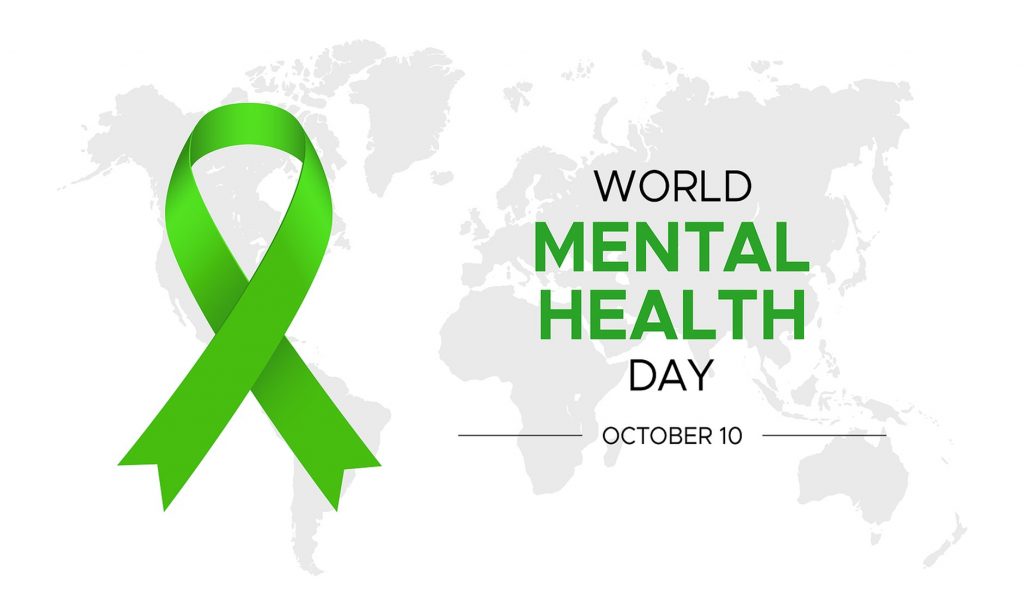
October 10 is World Mental Health Day. The objective of this day is to raise awareness about mental health issues across the globe. It also aims to take steps to mobilize efforts in support of mental health.
Removing the stigma of mental illness starts in our formative years. While mental health and well-being are essential for all, it is even more important in children and adolescents.
Mental Health and Adolescence
Adolescence, or the age between 10 to 19 years, is a unique and crucial time. During this time, adolescents are vulnerable to various physical, social, and emotional changes. It is also a time when social and emotional habits that are critical for mental well-being are developed and maintained. Some examples are learning to manage emotions, developing interpersonal and problem-solving skills, developing healthy sleep patterns, etc.
Factors Determining Mental Health
According to the World Health Organization, half of the mental health conditions start at 14 years of age. It is estimated that about 10 to 20% of adolescents experience mental health issues globally, but they may go unnoticed and undetected.
Some factors contributing to stress during adolescence are pressure to conform with peers, exploring sexual identity, desire for increased independence, easy access to and use of technology, etc. The quality of their life at home and their relationship with peers also play an essential role. Some adolescents may be at a higher risk of mental health conditions due to living conditions, lack of access to support, etc. (World Health Organization, 2020)
Warning Signs to Look Out For
It’s essential to understand the early warning signs of mental health issues. Here are some warning signs to look out for.
- Unexpected and rapid mood changes and emotional outbursts
- Excessive irritability, anger, or frustration
- Frequent complaints of stomach ache or headache
- Difficult in paying attention
- Challenging or destructive behavior
- Change in eating habits such as restricting eating or binge eating
- Avoiding or withdrawing from social interactions
(Mayo Clinic, 2020)
Importance of Early Detection and Diagnosis
The key to early treatment is early detection. Addressing the needs of children and adolescents with mental health conditions is crucial.
Mental health conditions are diagnosed and treated based on the signs and symptoms shown and how they affect the child or adolescent’s daily life. Some of the things included in an evaluation are a complete medical exam, including the medical history and the mental and physical health of family members. The assessment may also account for physical or emotional trauma, reviews signs and symptoms, parental relationships, academic history, and observations from conversations with the adolescent.
What to Do if Your Child Shows Signs of a Mental Health Condition
If you’re concerned about your child or adolescent’s mental health, you must speak with their doctor. You could talk to their teachers or friends to ask if they’ve noticed any changes in your child’s behavior. Your concerns should be shared with the doctor.
Some of the treatment options for mental health conditions include psychotherapy and medication. During psychotherapy, share their thoughts and feelings by speaking to a psychologist or a mental health care professional. Sometimes the doctor may also prescribe medication as a part of the treatment process.
How to Help Your Child or Adolescent Cope with a Mental Health Condition
Parents and teachers can help children with building life skills. Parents must ensure they’re always communicating openly with their children. They should spend time with their child, performing regular activities and become engaged with things like helping with homework. Find ways to have fun and relax with them. Communicate regularly with their teachers and administrators.
In school, teachers must ensure a safe and supportive environment to support the students’ mental well-being. Schools provide psychosocial support. Training for school health workers is important so that they can detect and manage those children identified with mental health conditions. (CDC, 2021)
The key to preventing mental health conditions is understanding its early symptoms and warning signs. When your child feels connected with the family and school, they can build bonds and relationships. This plays a huge role in protecting them from developing mental health issues. Educate yourself, stay engaged with your child and create a plan of action to manage identified mental health issues.
For more information on World Mental Health Day and to find additional resources, visit the National Alliance on Mental Illness.
Works Cited
World Health Organization. “Adolescent Mental Health.” World Health Organization, World Health Organization, Sept. 2020, www.who.int/news-room/fact-sheets/detail/adolescent-mental-health.
Mayo Clinic. “Worried about Your Child’s Mental Health?” Mayo Clinic, Mayo Foundation for Medical Education and Research, February 26, 2020, www.mayoclinic.org/healthy-lifestyle/childrens-health/in-depth/mental-illness-in-children/art-20046577.
CDC. “Mental Health.” Centers for Disease Control and Prevention, Centers for Disease Control and Prevention, May 12, 2021, www.cdc.gov/healthyyouth/mental-health/index.htm.
